Latest

Does regular blood donation have long-term benefits?
Regular blood donation may reduce preleukemic changes in blood cells, promoting health benefits and helping blood cells respond to stress over time.

Exploring quantum gravity with pendulums
If experimentally proven that gravity is classical, we will have to start from the beginning in a search for a satisfactory ontological picture of the world.
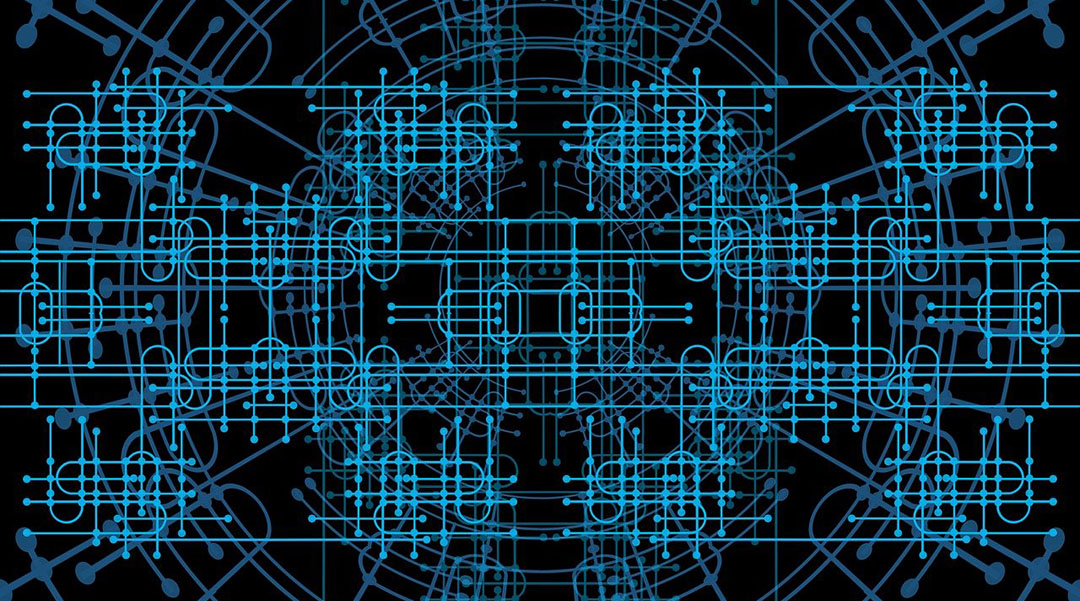
New algorithm unlocks the power of quantum machine learning
A new study targets feature selection, a key step in machine learning where the algorithm determines which parts of the input data are most relevant to making accurate predictions.
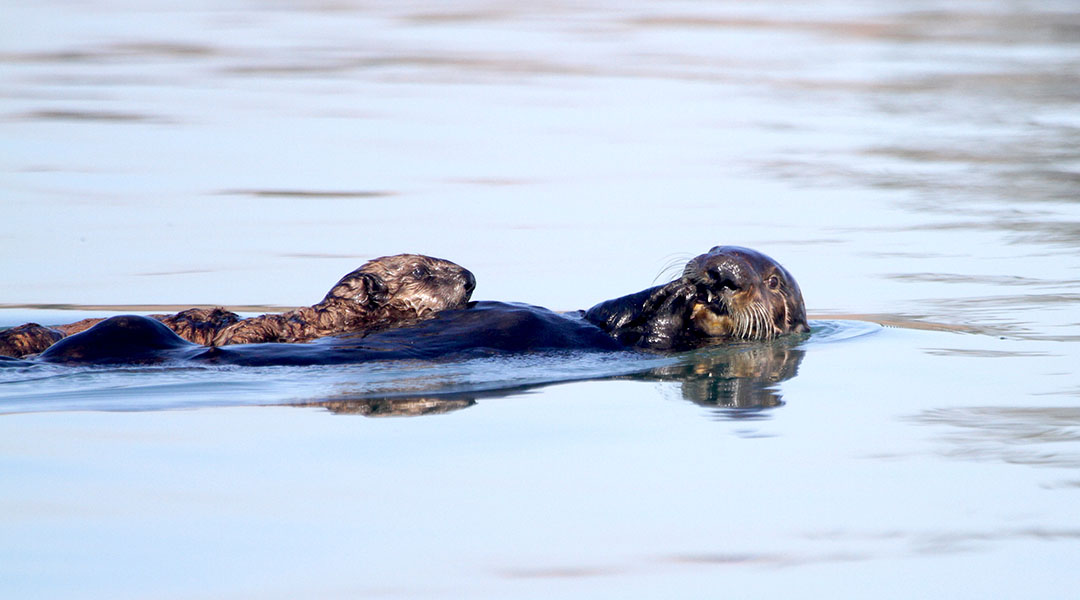
The hidden cost of human disturbance on California’s sea otters
A comprehensive study by Sea Otter Savvy reveals the significant energy costs of human disturbance on sea otters, highlighting the need for better conservation practices to protect these vulnerable marine mammals.

Nanosheet catalysts for affordable hydrogen fuel production
Researchers have developed efficient catalysts by combining palladium with organic molecules, significantly reducing the cost of hydrogen fuel production.

Mouse study reveals multi-generational benefits of exercising during pregnancy
Maternal exercise during pregnancy enables multiple generations of mice to inherit enhanced fitness, with vitamin C playing a key role.
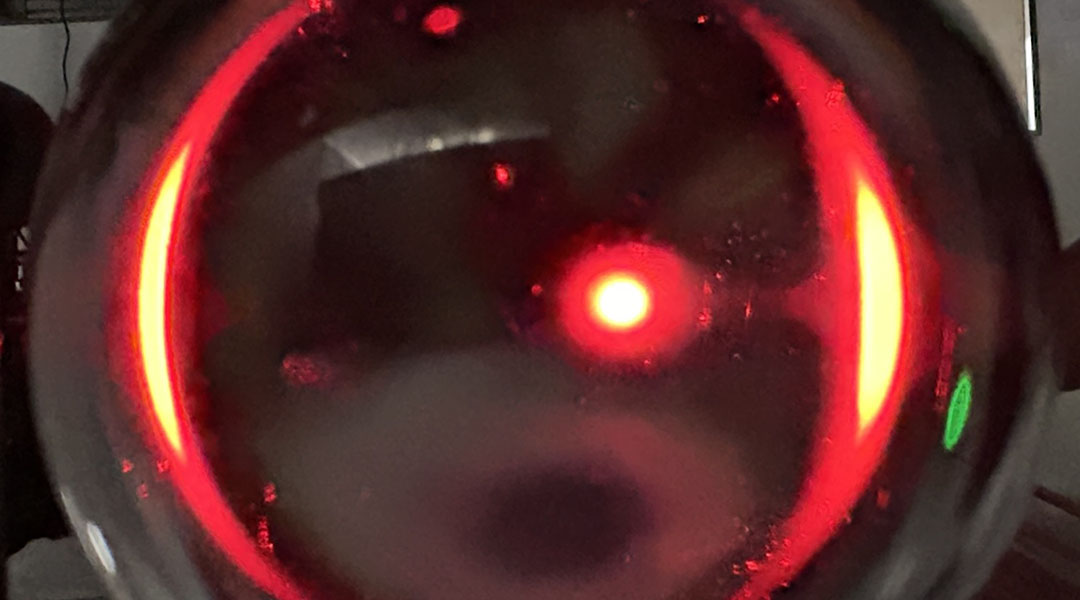
Researchers replicate gravitational lensing in the lab
Lenses help researchers mimic the way massive cosmic objects bend light—bringing the elusive effects of gravitational lensing to Earth.
ASN Weekly
Sign up for our weekly newsletter and receive the latest science news directly to your inbox.

Quantum entanglement allows scientists to track time more accurately
Scientists have built atomic clocks with unprecedented levels of precision by harnessing quantum entanglement.
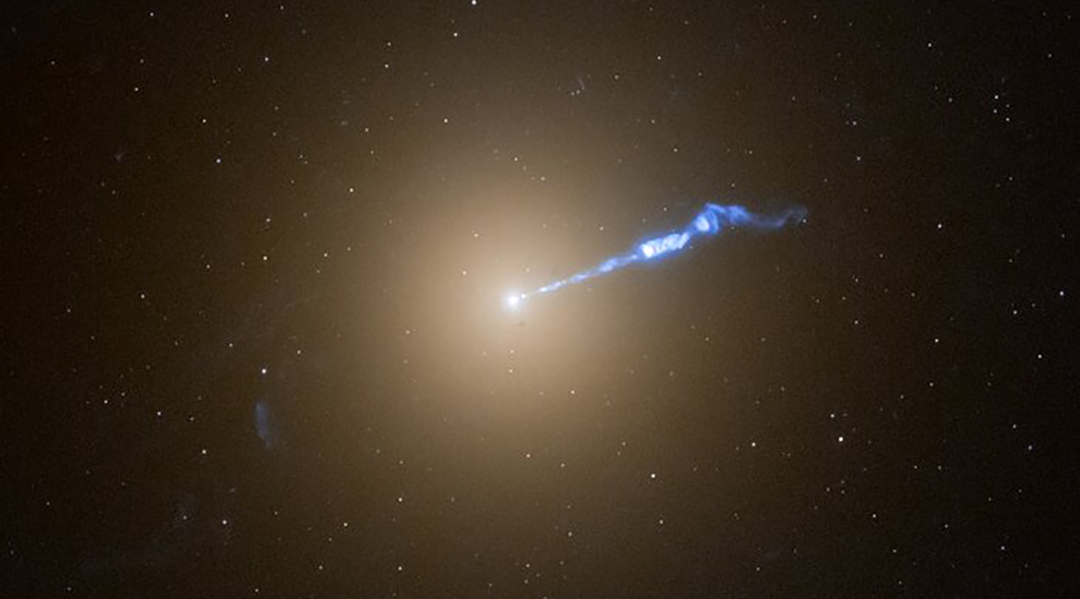
Black hole jet lights up dead stars like a cosmic blowtorch
Using the Hubble Space Telescope, astronomers discovered the jet from a black hole, triggering nova explosions along its path.

Could dark matter particles be colliding?
New research on dwarf galaxies challenges the idea that dark matter is collisionless, suggesting it may interact in unexpected ways
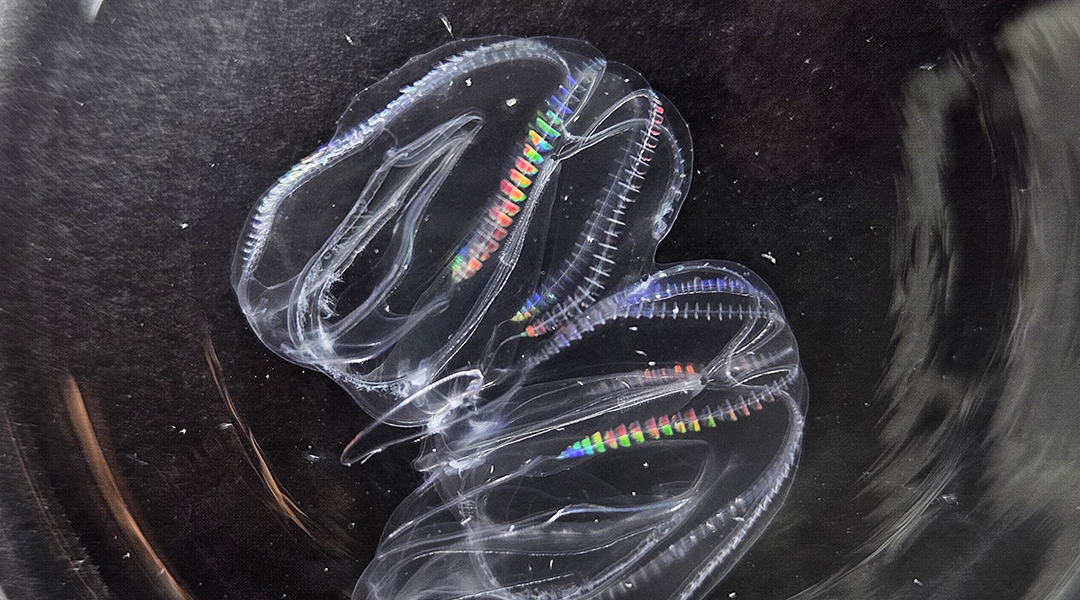
Fused comb jellies share their secrets of regeneration
Two individual comb jellies can fuse into a single organism, providing an incredible feat of regeneration rarely seen in the animal world.
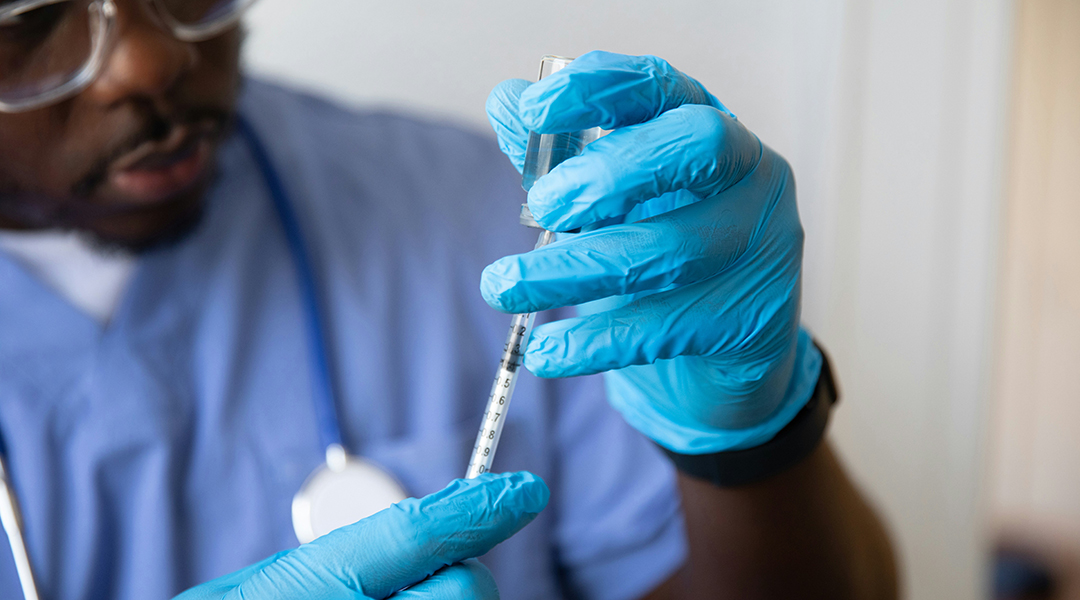
Enzymes help engineer safer, more effective vaccines
Researchers use enzymes to link antigens and adjuvants, creating safer and more effective vaccines by lowering the required adjuvant dosage.
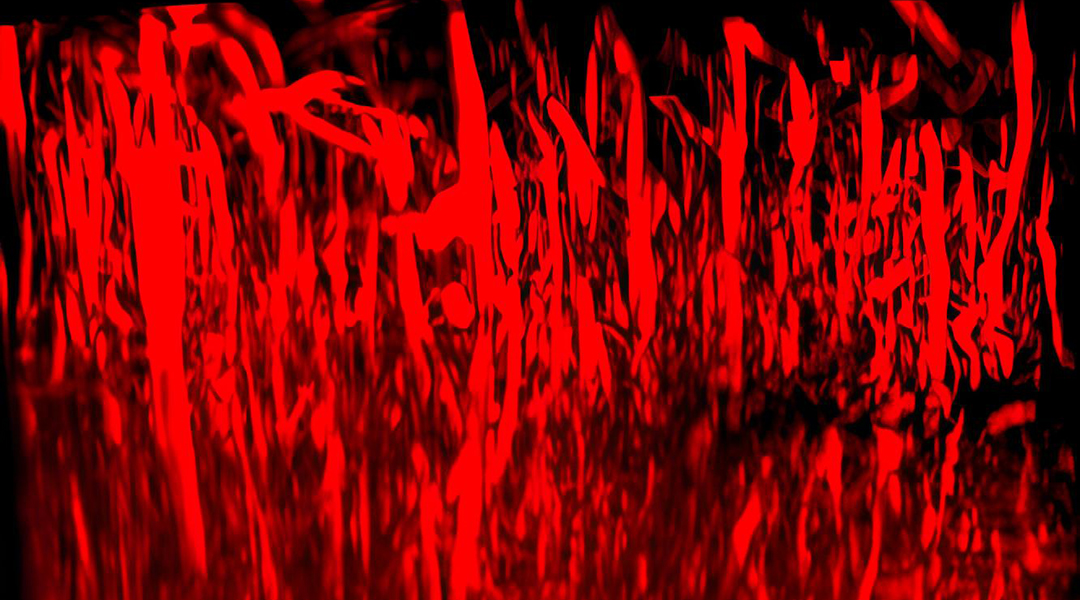
Injectable hydrogel helps regrow blood vessels after a stroke
A hydrogel delivers therapeutic molecules to the brain after a stroke, promoting blood vessel regrowth and aiding recovery.

Metasurfaces could shrink spectrometers, transforming how we observe the Universe
Metasurfaces to detect terahertz radiation are making spectrometers smaller, lighter, and more efficient for space travel.
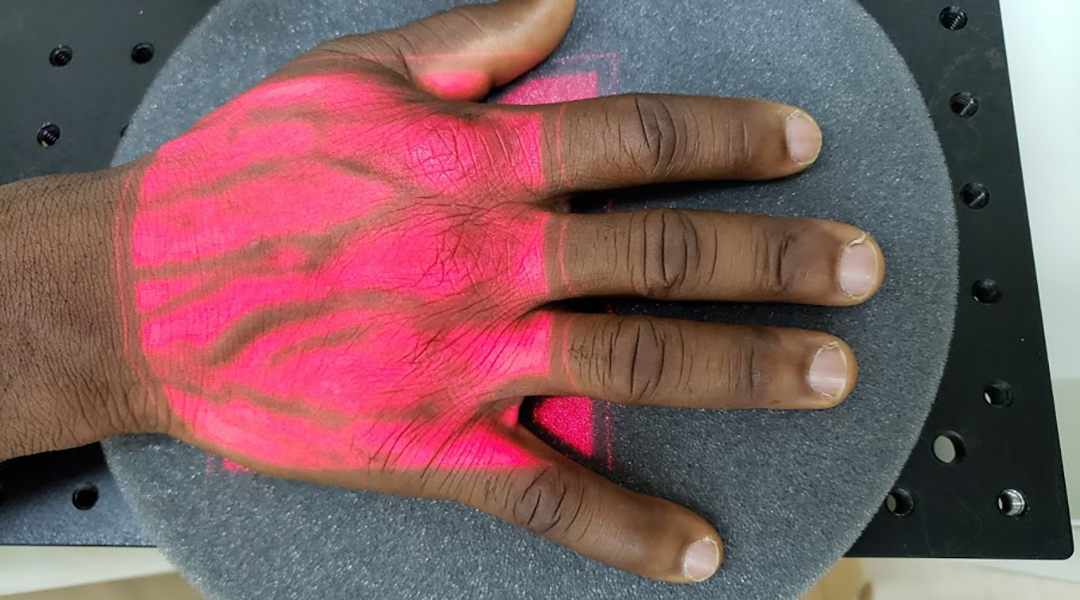
New malaria test “listens” to cells to make diagnosis
A non-invasive test uses a combination of lasers and ultrasound to detect red blood cells infected with malaria parasites with acoustics.

Black hole images deliver a deathblow to alternative theory of gravity
Images of the supermassive black holes wouldn’t have been possible if mimetic gravity was the right recipe for gravity.
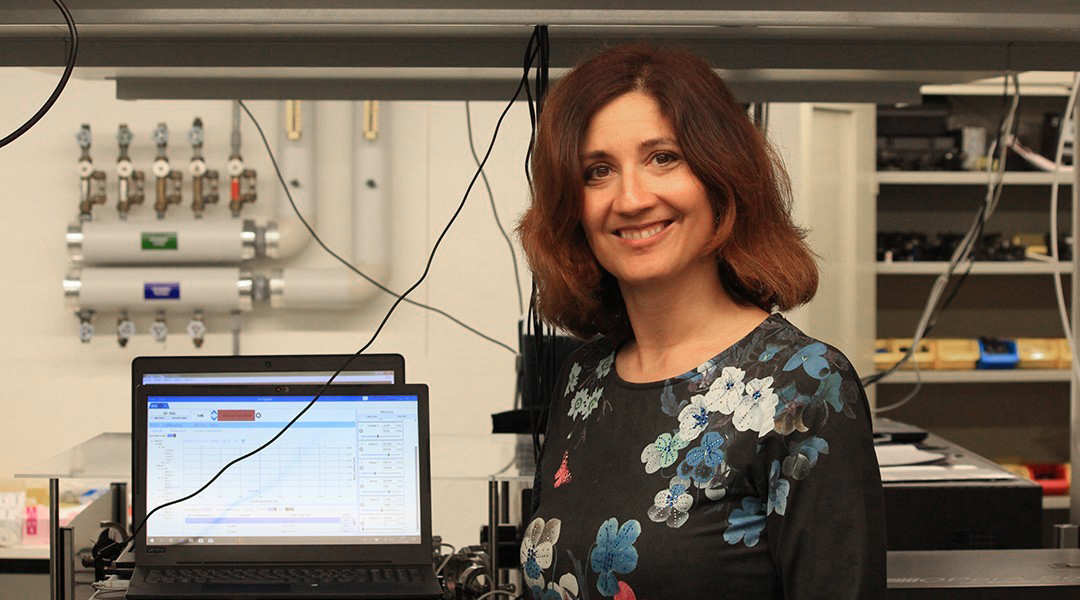
Natalie Banerji: “You do not go very far by yourself”
At the interface of light and matter, Natalie Banerji is using spectroscopy to advance technologies such as solar cells and bioelectronics.
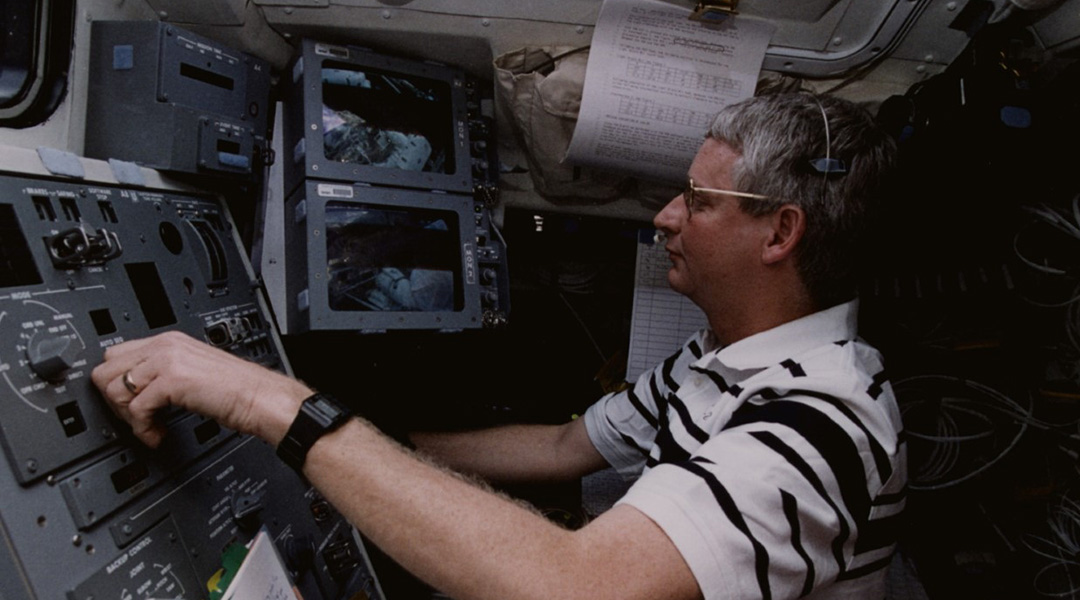
Steven Hawley: “I’ve always enjoyed the progress we made”
Astrophysicist and retired NASA astronaut Steven Hawley takes us through his fascinating career.
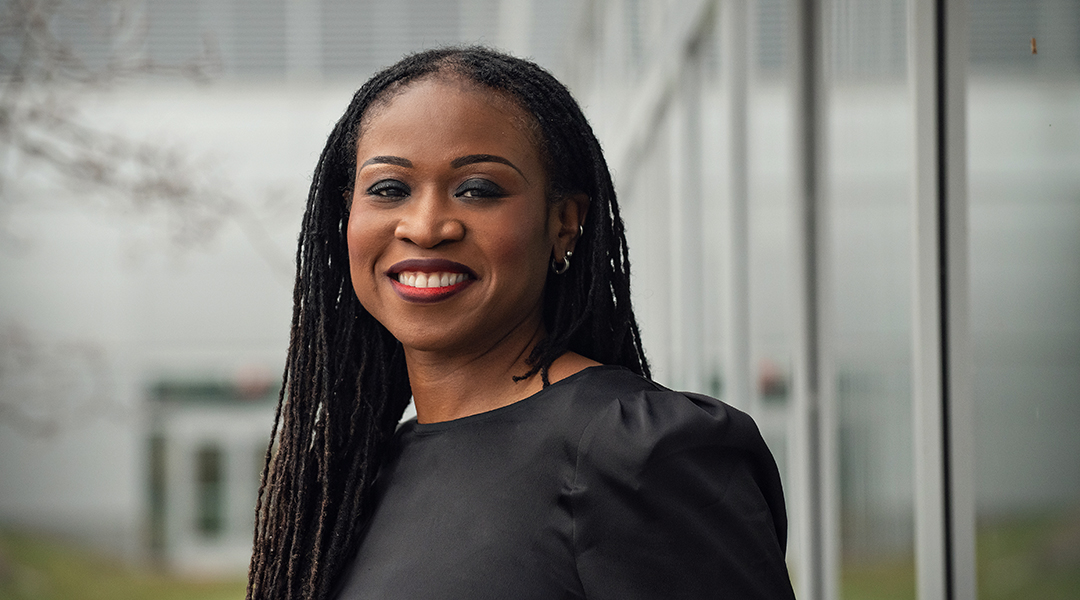
Lola Eniola-Adefeso: “When you feel you belong, everything becomes easy to tackle”
Chemical engineer and STEM advocate Lola Eniola-Adefeso deciphers components of the blood and designs therapeutic particles to help treat disease.
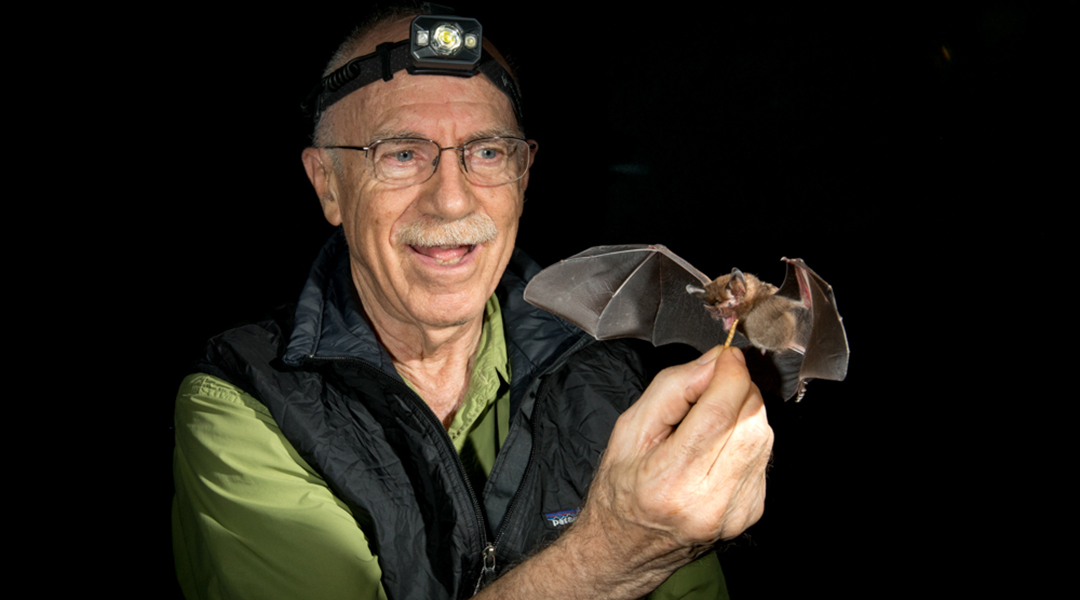
Merlin Tuttle: Helping bats helps people
Conservationist Merlin Tuttle protects bat populations worldwide through education and photography.
No Results Found
The page you requested could not be found. Try refining your search, or use the navigation above to locate the post.
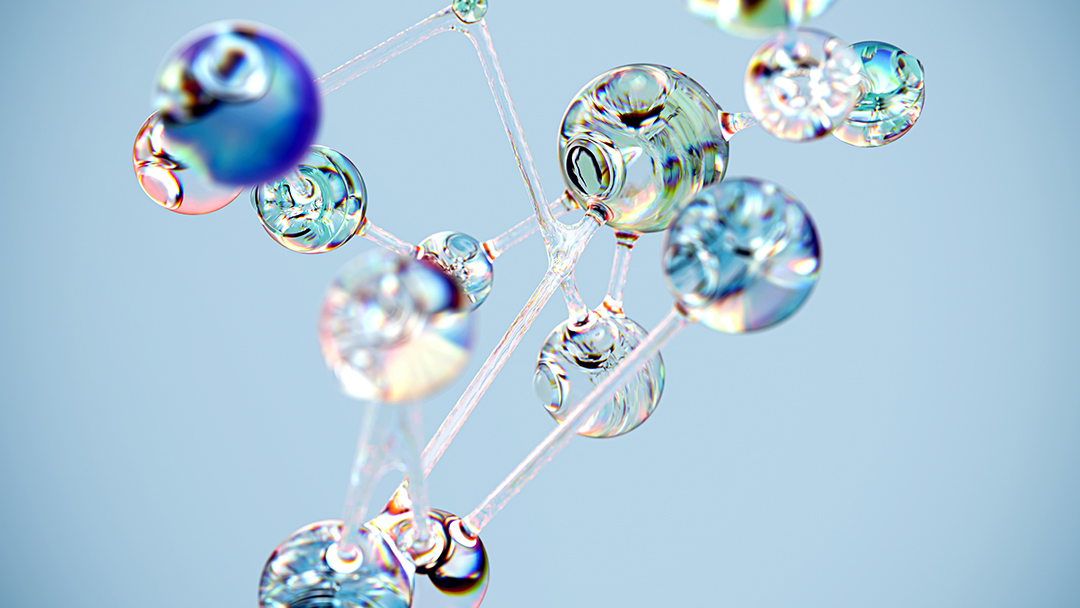
Computer system helps scientists understand how cancer could be reversed
BENEIN is a computer network that can identify the master regulators that cause normal cells to go cancerous.
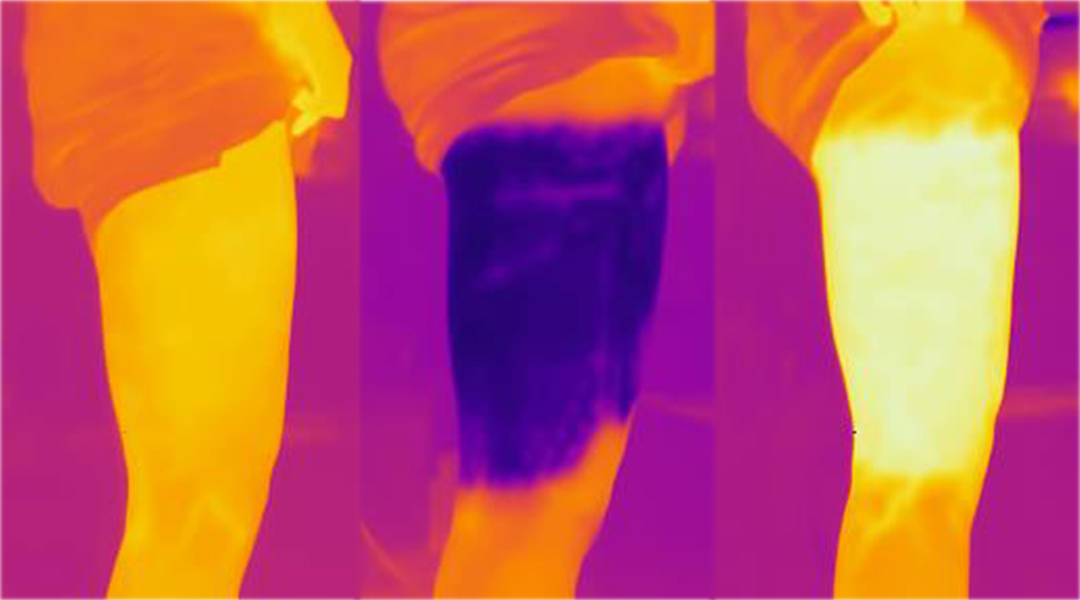
COOLWEAR: Water immersion therapy without waste
The fluidic wearable device is less wasteful when it comes to water, but equally effective alternative to water immersion therapy.
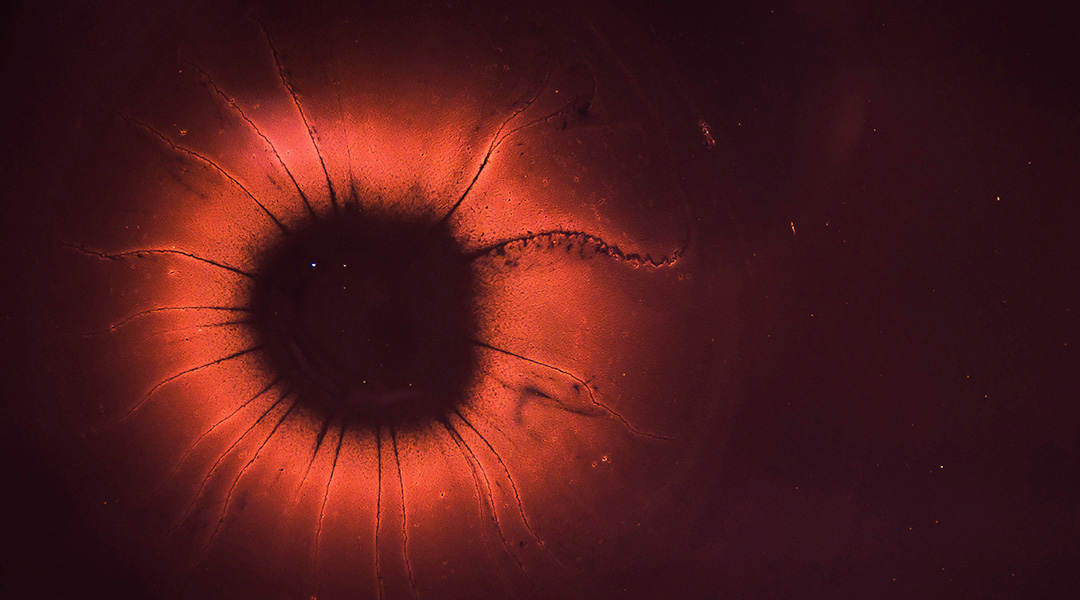
Study finds zombie cells may play a role in aging
Cells that can no longer divide may play a role in the chronic inflammation that weakens the immune system and contributes to aging.
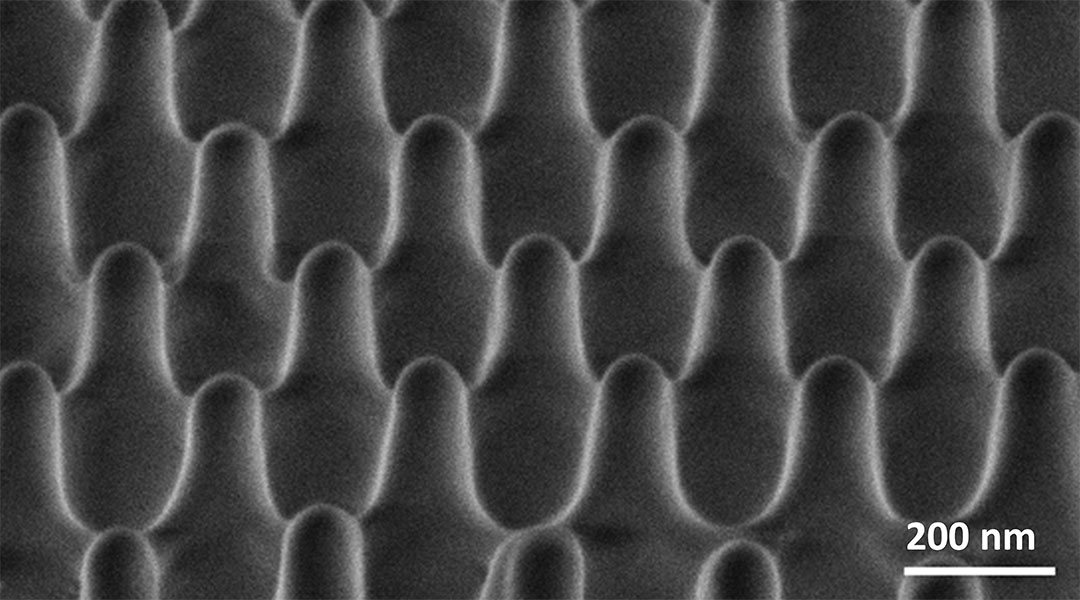
How much force does it take to kill a single bacterium?
Scientists are using nanomaterials to pressure bacteria and find new ways to combat antibiotic resistance.
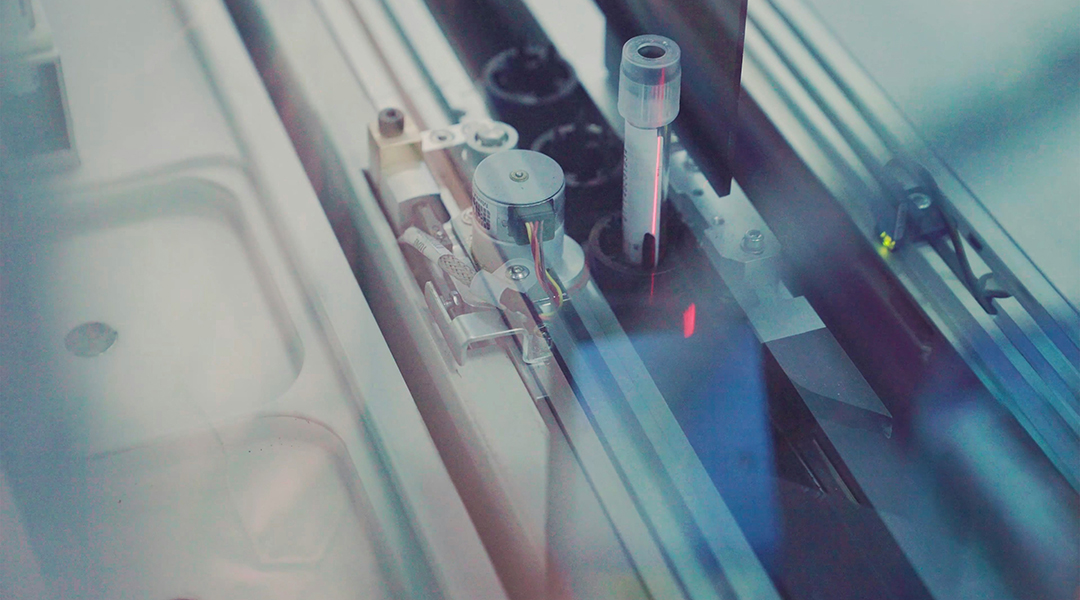
How do we balance the risks and rewards of using AI in the lab?
AI might be fast and efficient, but scientists still don’t know whether integrating it with cloud-based labs will be worth the rewards.
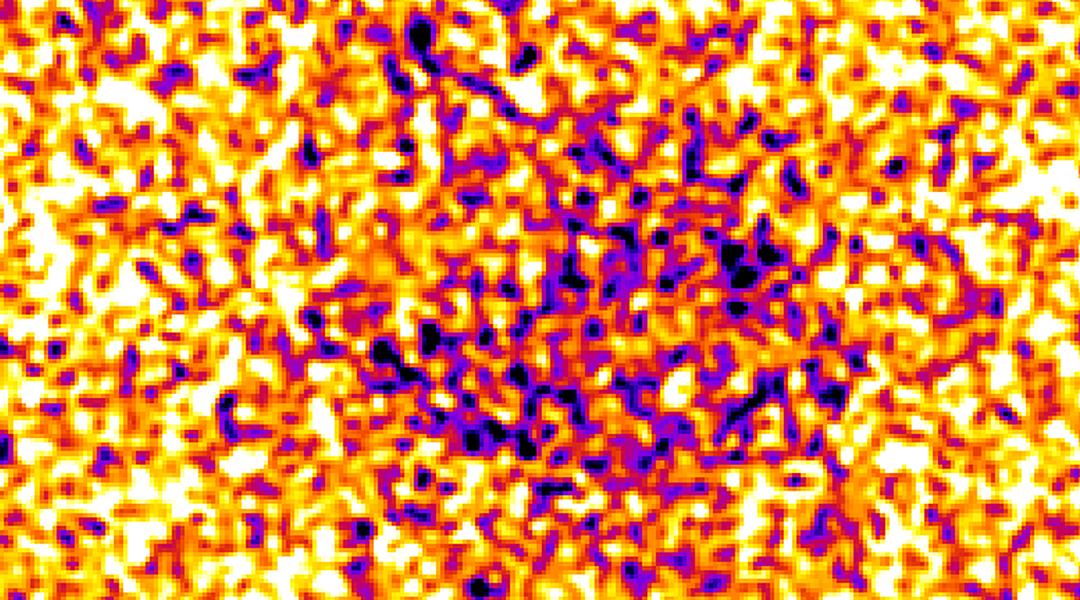
Live imaging of nanoscale biological processes achieved for the first time
Scientists have built a microscope capable of live imaging of biological processes in such detail that moving protein complexes are visible.
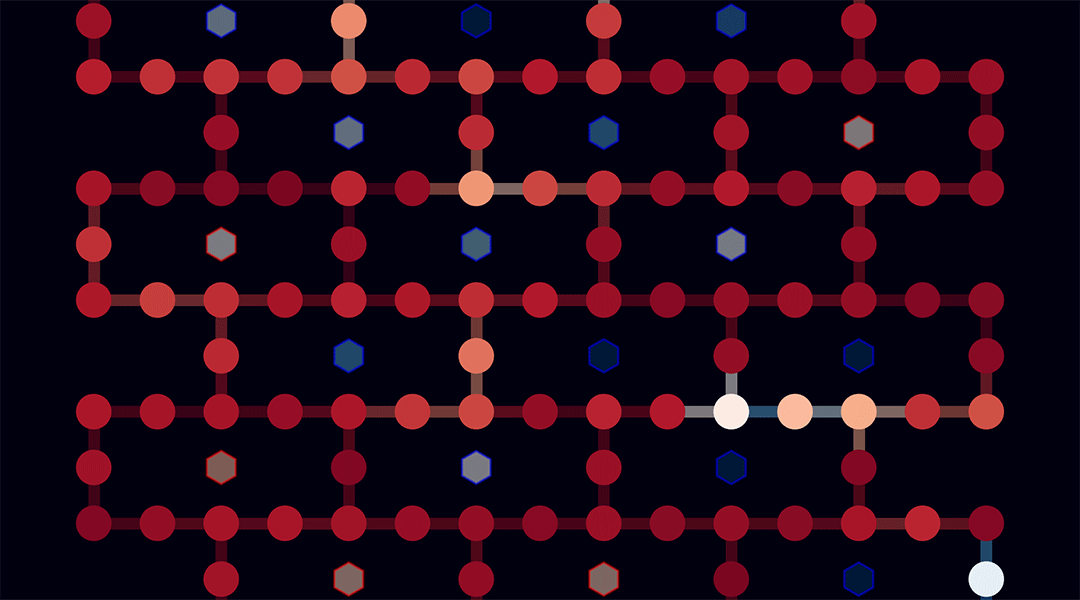
Which quantum computer leads the pack? Benchmarking entanglement could give the answer
Researchers have developed a new method to benchmark quantum computers by measuring their ability to create entangled qubit states.
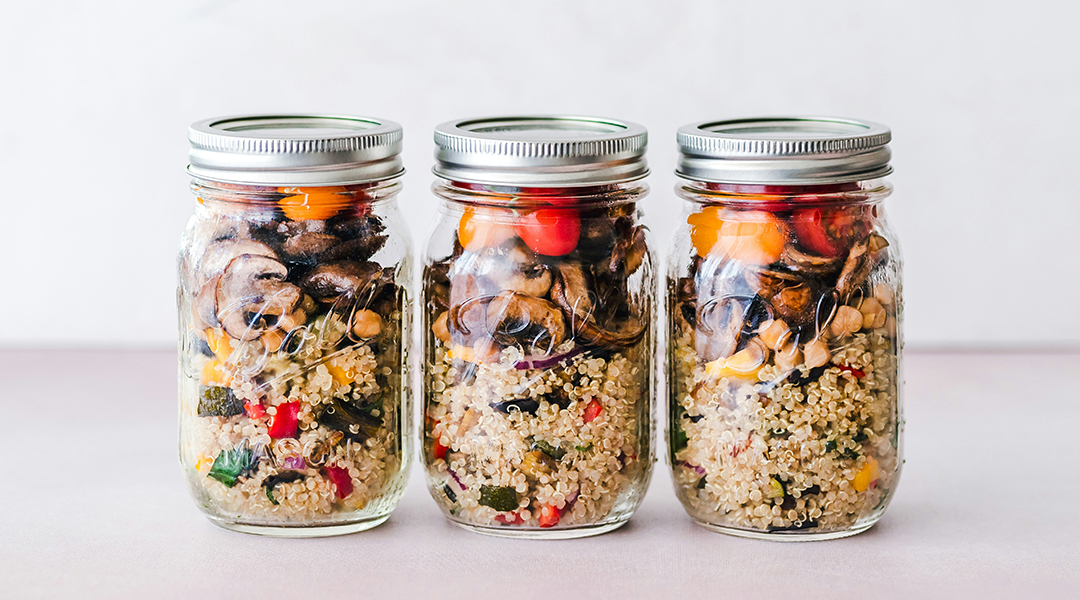
A bionic sensor “sniffs” out food freshness to cut down on waste
This visual sensor connects to your fridge and syncs with your smartphone, providing real-time updates to help reduce food waste.
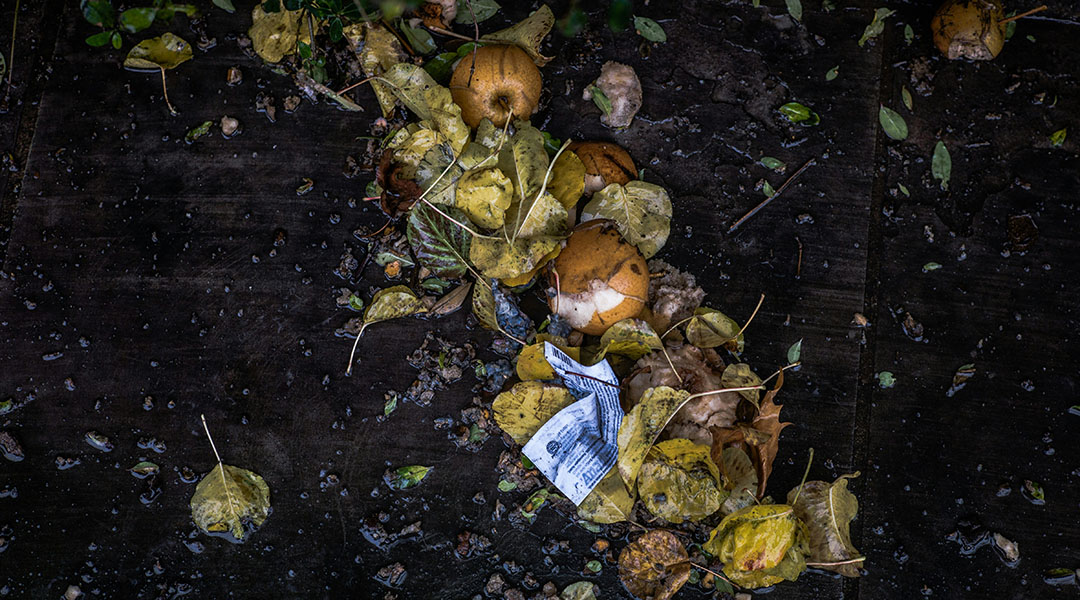
Biowaste finds new life in energy-harvesting devices
In the future, small electronics could be powered by fallen leaves, shed fur, and other waste materials found in nature.
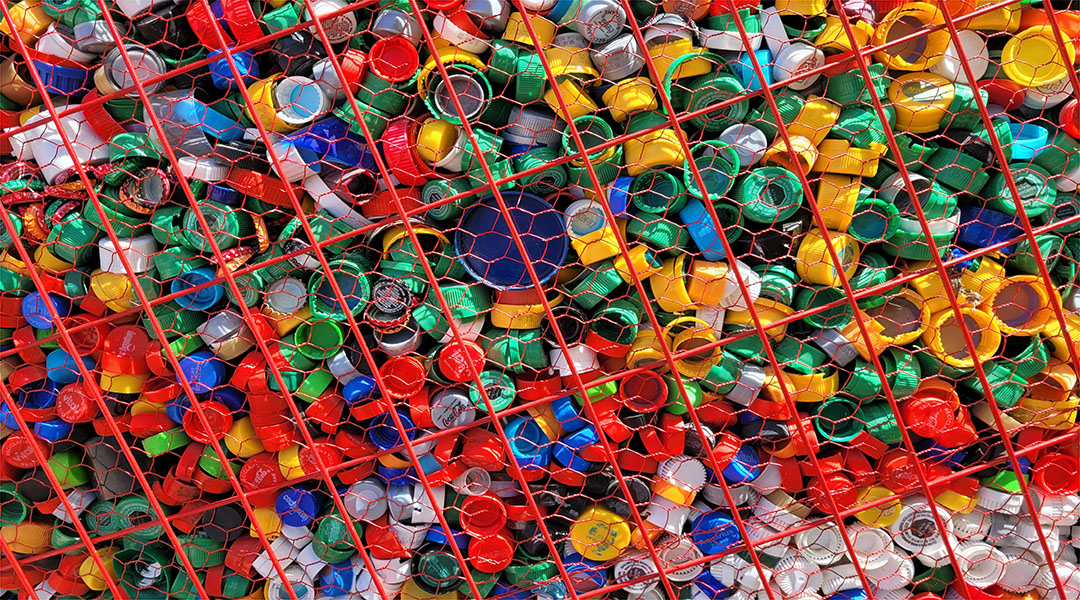
Bacteria in wastewater could be breaking plastics down for food
A common bacteria found growing on plastic in urban wastewater could provide new bioengineering solutions to clean up plastic waste.
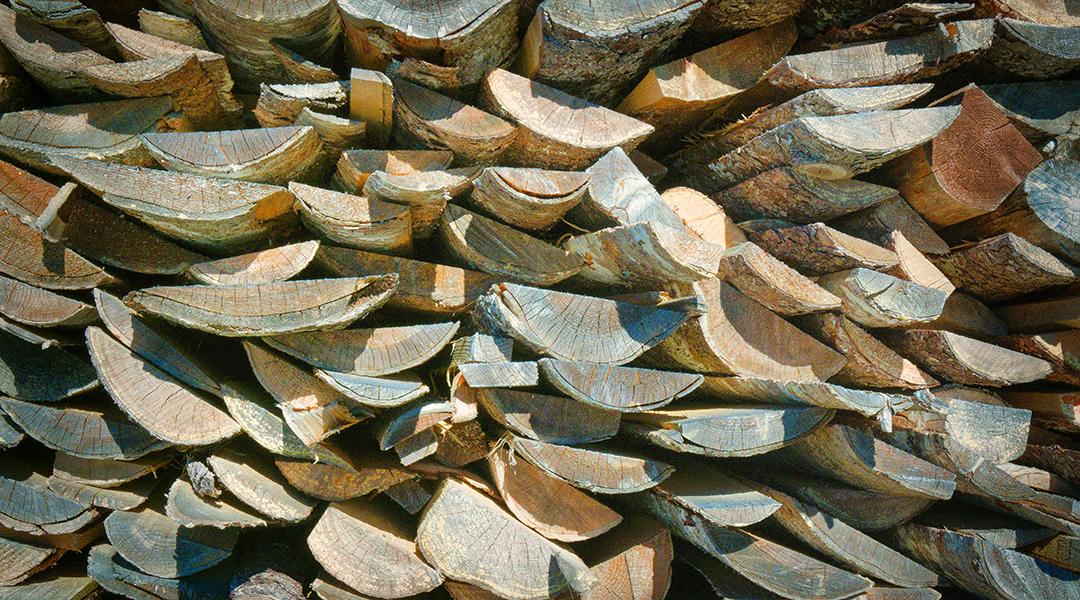
How carbon dioxide and biomass could become resilient, sustainable food sources
As valuable resources dwindle and environmental risks loom, reducing our dependence on traditional agriculture is becoming necessary.
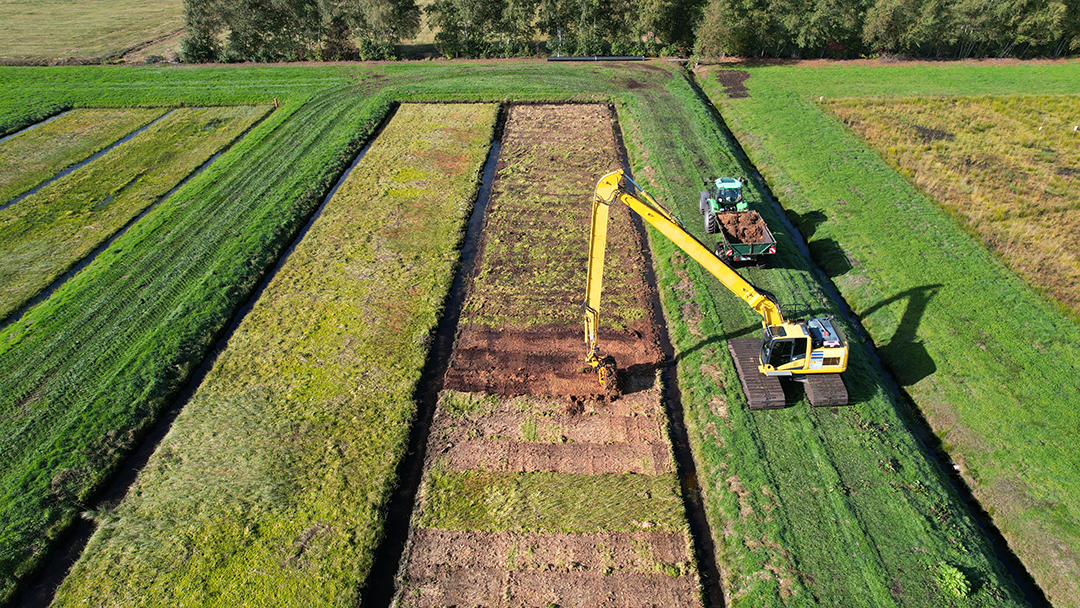
Wetlands can be recovered with the right plants, and that’s good news for the planet
Scientists are reviving lost wetlands using paludiculture, blending ecology and economy to combat climate change and restore biodiversity.
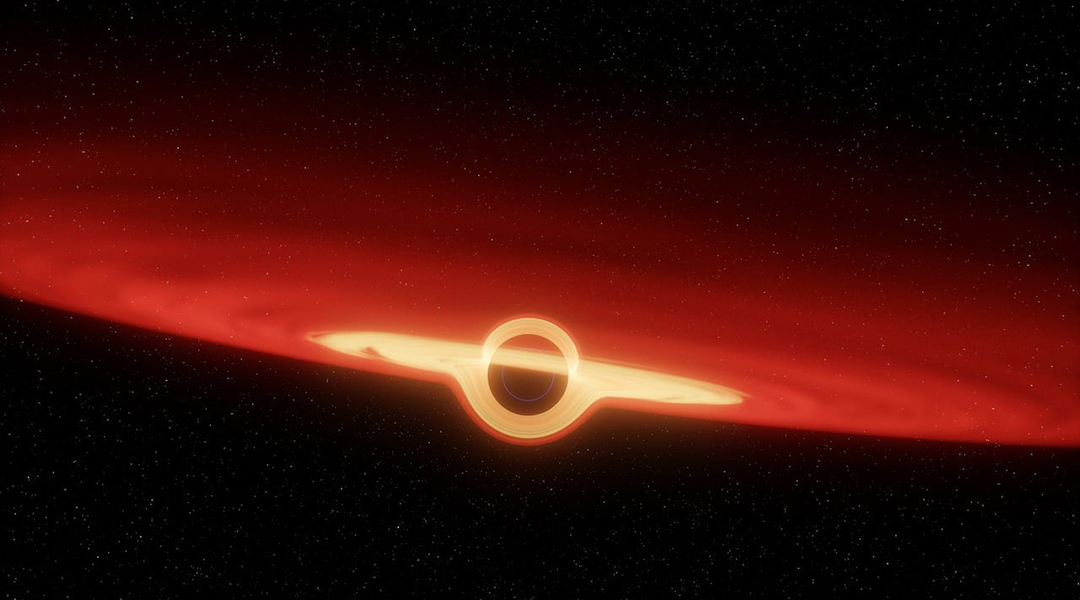
Hollow planets could help find primordial black holes
Small primordial black holes could have consumed the interiors of planets or asteroids, leaving their outer shells intact.

Metasurfaces could shrink spectrometers, transforming how we observe the Universe
Metasurfaces to detect terahertz radiation are making spectrometers smaller, lighter, and more efficient for space travel.

Black hole images deliver a deathblow to alternative theory of gravity
Images of the supermassive black holes wouldn’t have been possible if mimetic gravity was the right recipe for gravity.

Samples recovered from Ryugu asteroid reveal how our solar system formed
An ancient magnetic field drew matter inward and helped form our solar system’s planets, moons, and asteroids.
